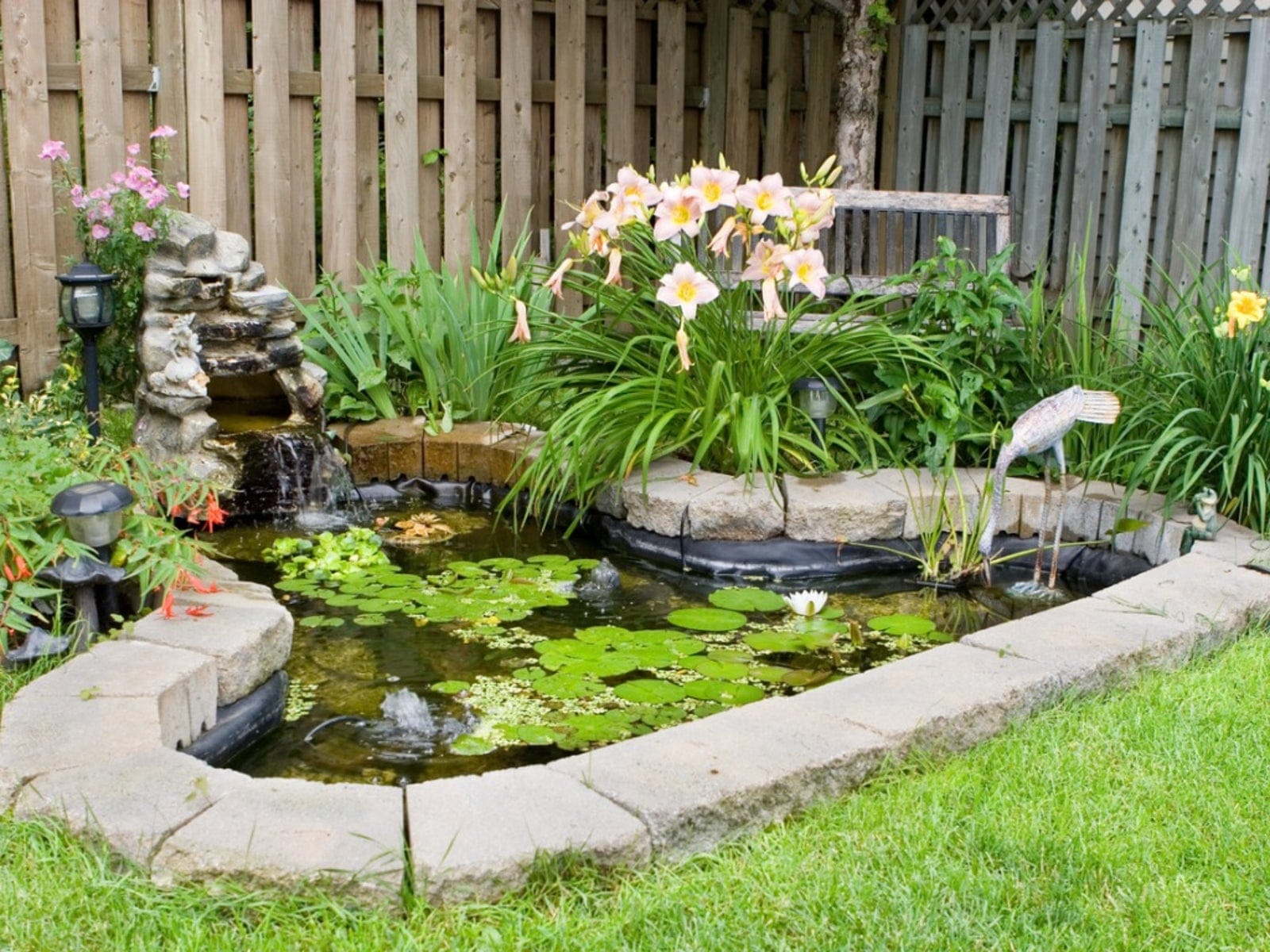Transform your outdoor space with simple, stunning water features you can build or install yourself.
The soothing sound of running water can completely change the atmosphere of your outdoor space. Whether you want a peaceful corner to unwind, a focal point for your garden, or a DIY project that adds charm and movement, water features are an easy way to elevate any backyard.
Below are 10 creative water feature ideas—from simple container ponds to elegant waterfalls—that you can build, customize, and enjoy year-round.
1. Urn Fountain
Repurpose a decorative urn into a soft, bubbling water feature. It’s understated, elegant, and perfect for smaller gardens or patios. Choose a frost-resistant urn and a pump designed for outdoor use to keep the water circulating smoothly.
DIY Tip:
Choose a ceramic or stone urn for longevity and a more organic look.
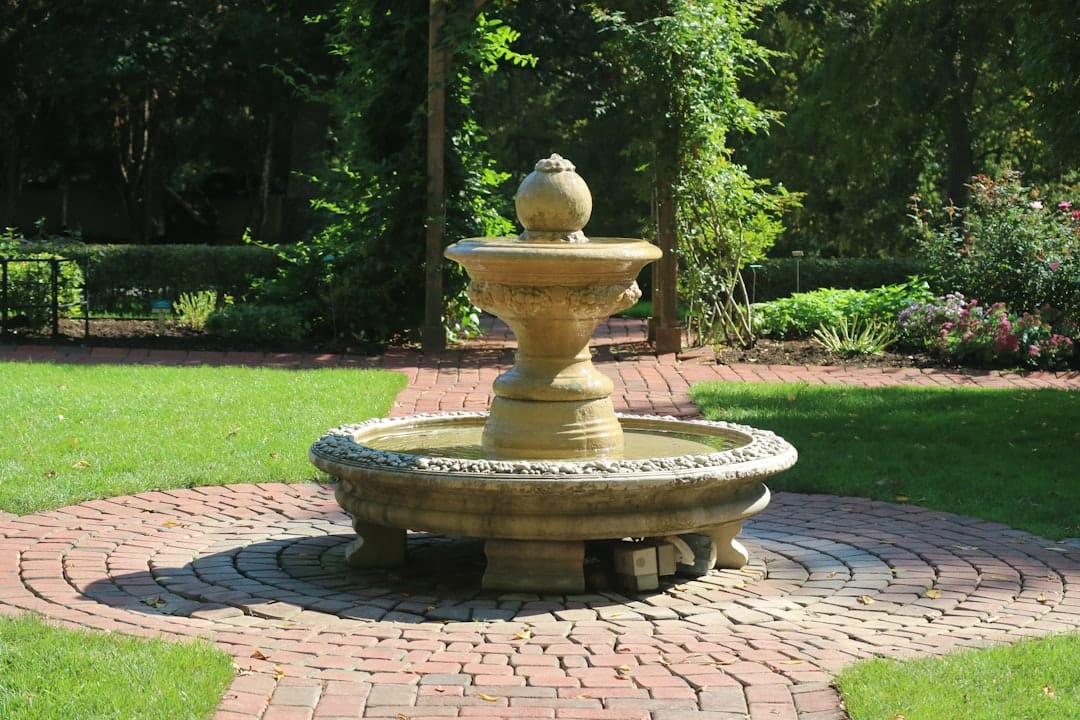
2. Wall Waterfall
For a modern statement, install a vertical water wall. This can be a sleek metal panel, stacked stone, or even a DIY fountain wall kit. The falling water creates a relaxing sound while bringing movement and texture to your yard.
DIY Tip:
Add LED lights behind the sheet of water for a dramatic nighttime effect.
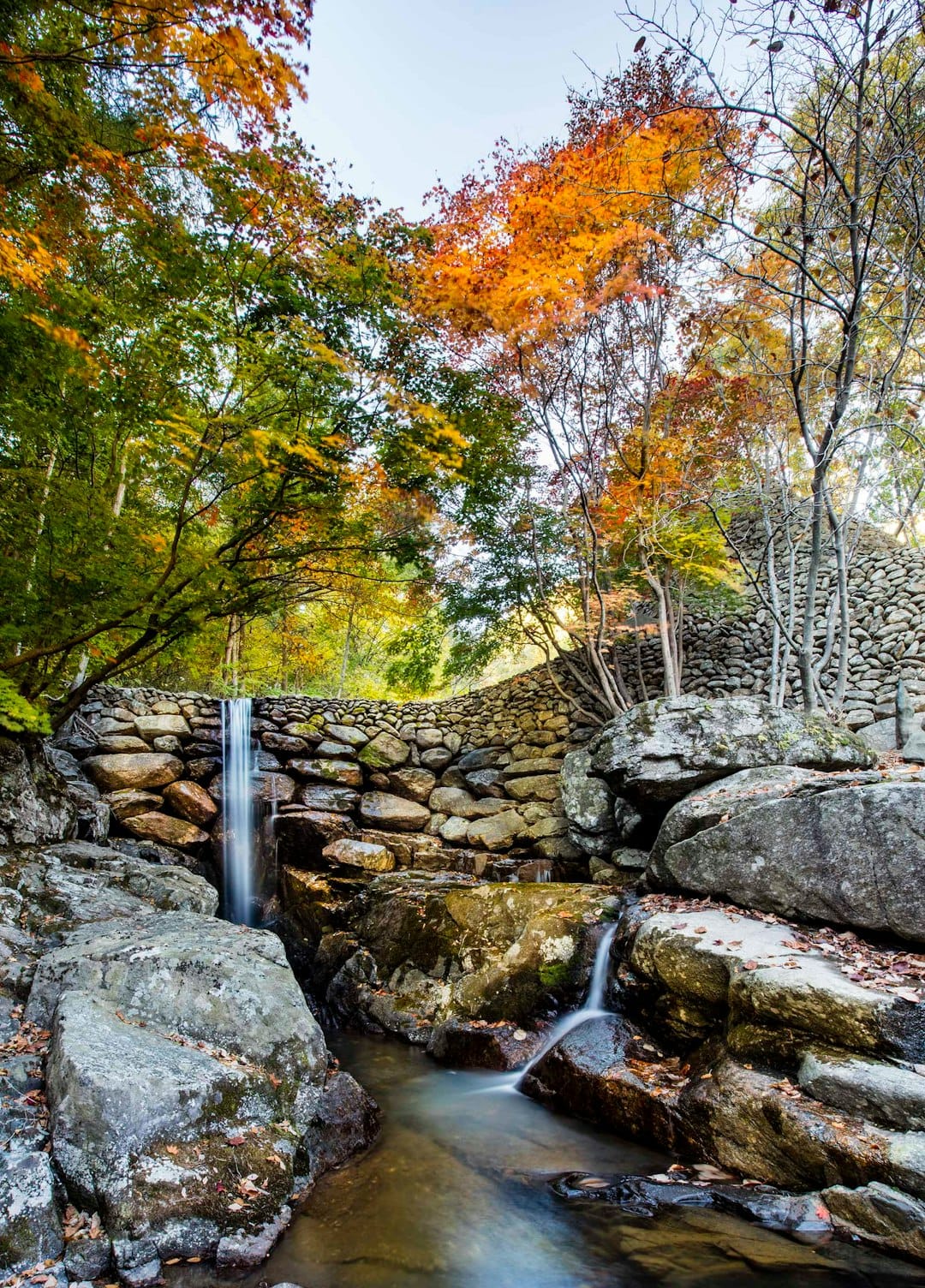
3. Stone Pond with Mini Fountain
If you want a natural, cottage-style feel, a small pond with a fountain head is a perfect weekend project. Layer stones around the edges and plant moisture-loving plants nearby to soften the look.
DIY Tip:
Use a pond liner to protect your soil and prevent water loss.
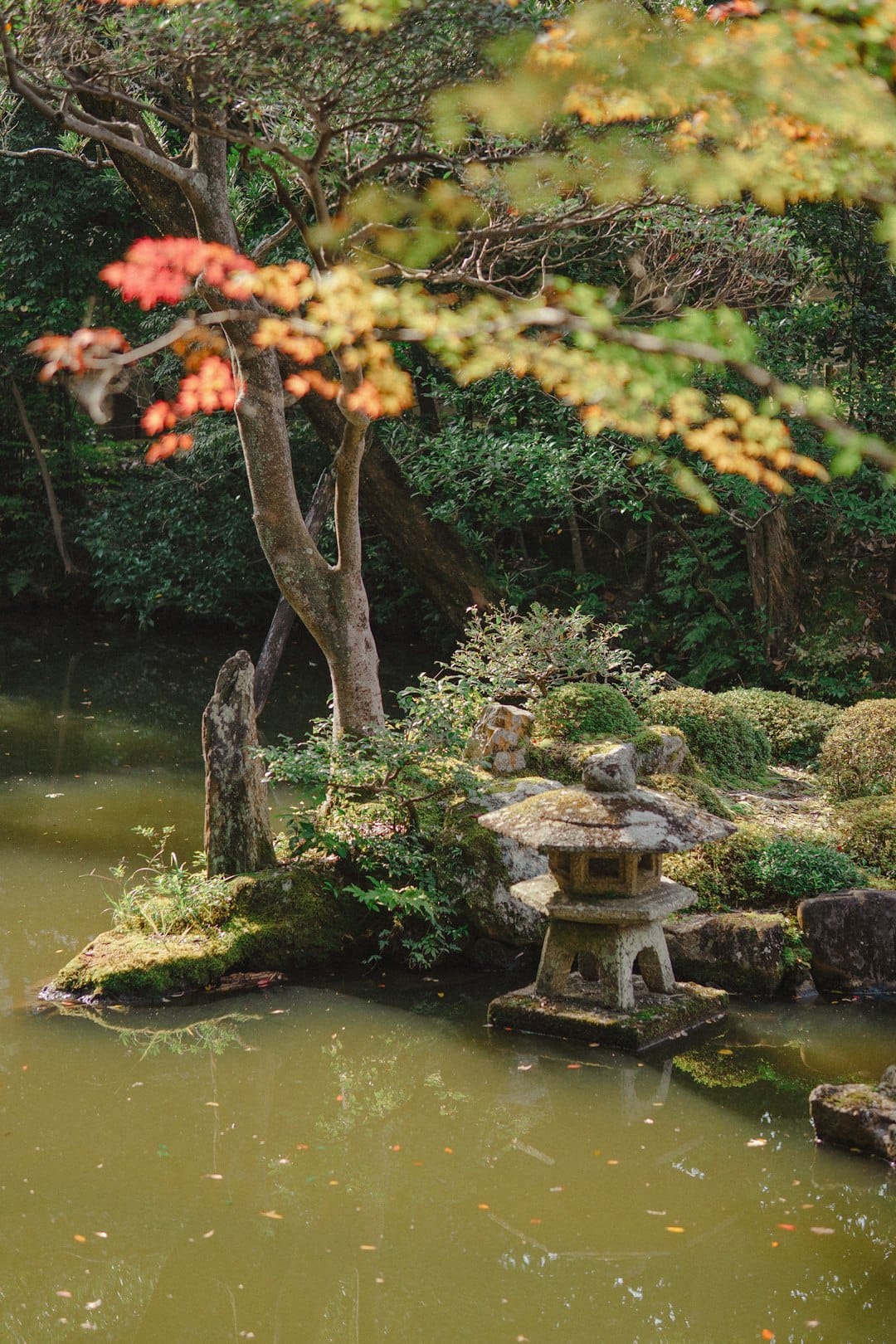
4. Tiered Pot Fountain
Stack two or three pots of varying sizes to create a tiered, cascading water feature. It’s easy to assemble and doesn’t require heavy tools or complex installation.
DIY Tip:
Choose pots with built-in drainage holes to hide pump tubing more discreetly.
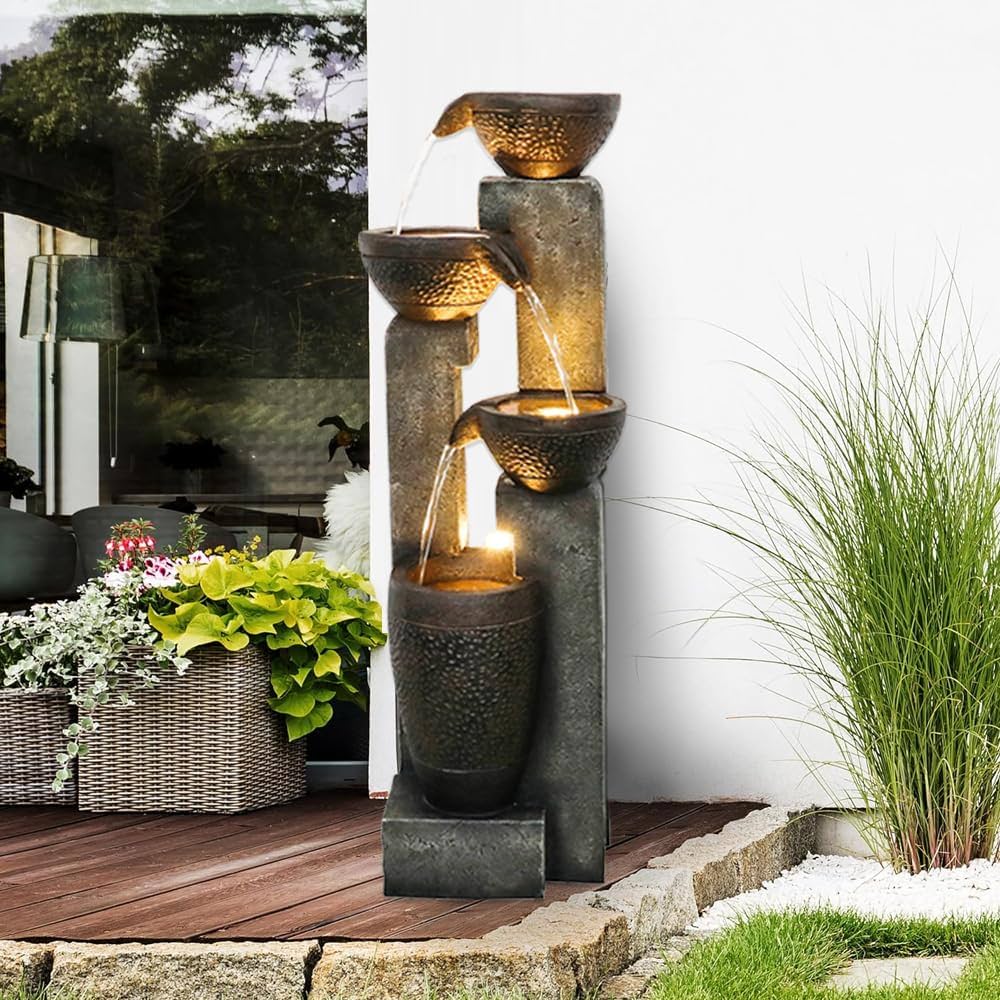
5. Container Water Garden
Perfect for patios, balconies, and small spaces. Fill a large ceramic bowl or galvanized tub with water, lilies, pebbles, and floating plants. It creates the look of a miniature pond without any digging.
DIY Tip:
Add a small solar pump to keep water circulating and discourage mosquitoes.
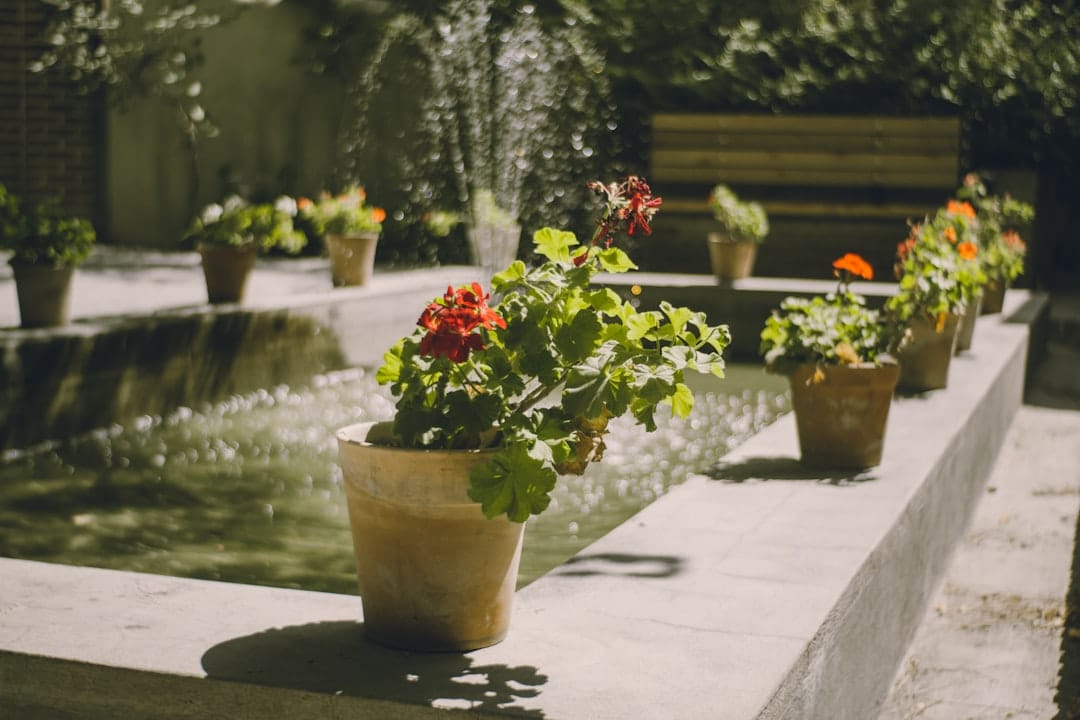
6. Flower Pot Fountain
This DIY fountain relies on stunning pots—bright, textured, or patterned—to create a striking visual effect. Water gently bubbles at the top and trickles down the sides.
DIY Tip:
Choose pots with glazing to reduce mineral staining from water.
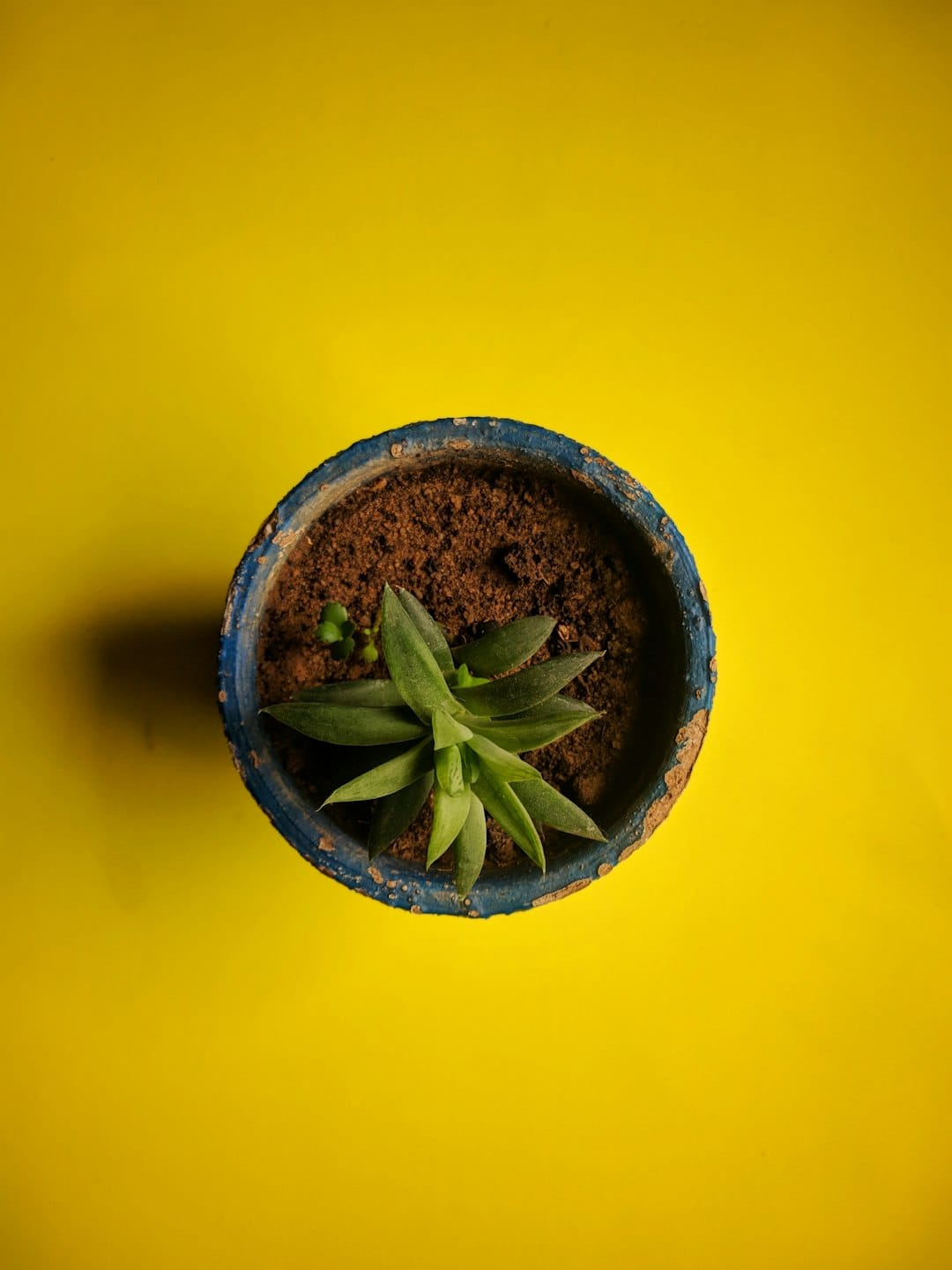
7. Canoe Water Pond
Repurpose an old canoe into a long, narrow pond. Fill it with water, lilies, decorative stones, or even a small submersible filter and goldfish.
DIY Tip:
Seal the interior with a marine-grade waterproof coating before filling.
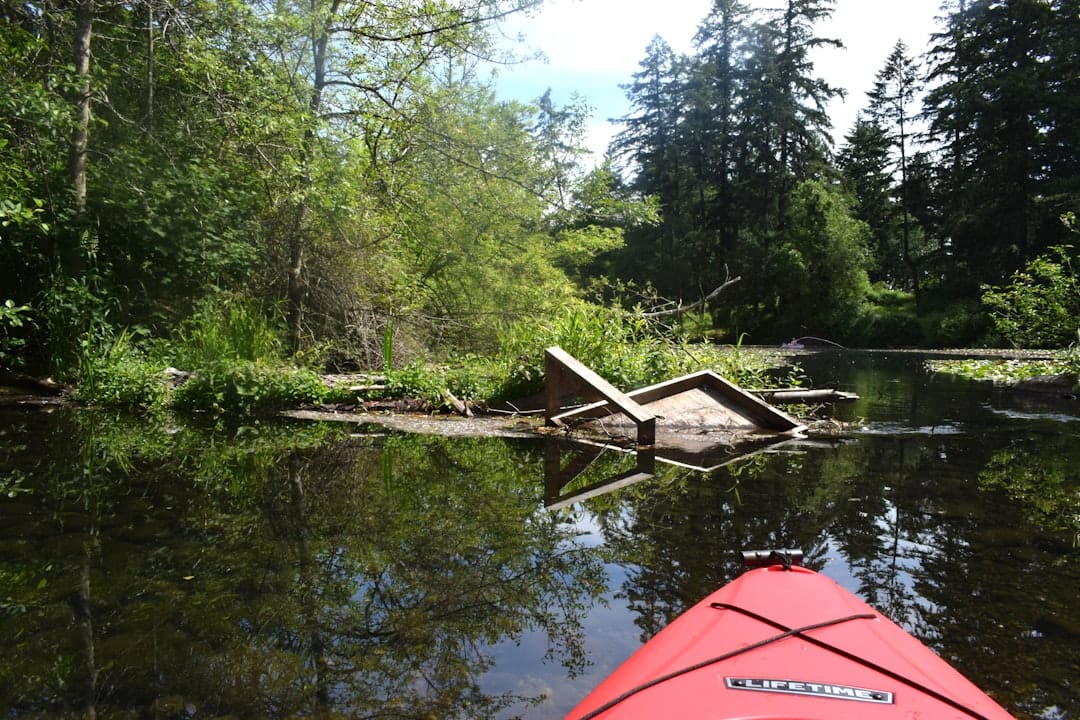
8. Backyard Mini Water Garden
A simple container, a few stones, and decorative aquatic plants can create a tranquil water centerpiece for your porch or garden. This is the easiest, no-tools-required option.
DIY Tip:
Group your mini water garden with potted plants to create a lush display.
